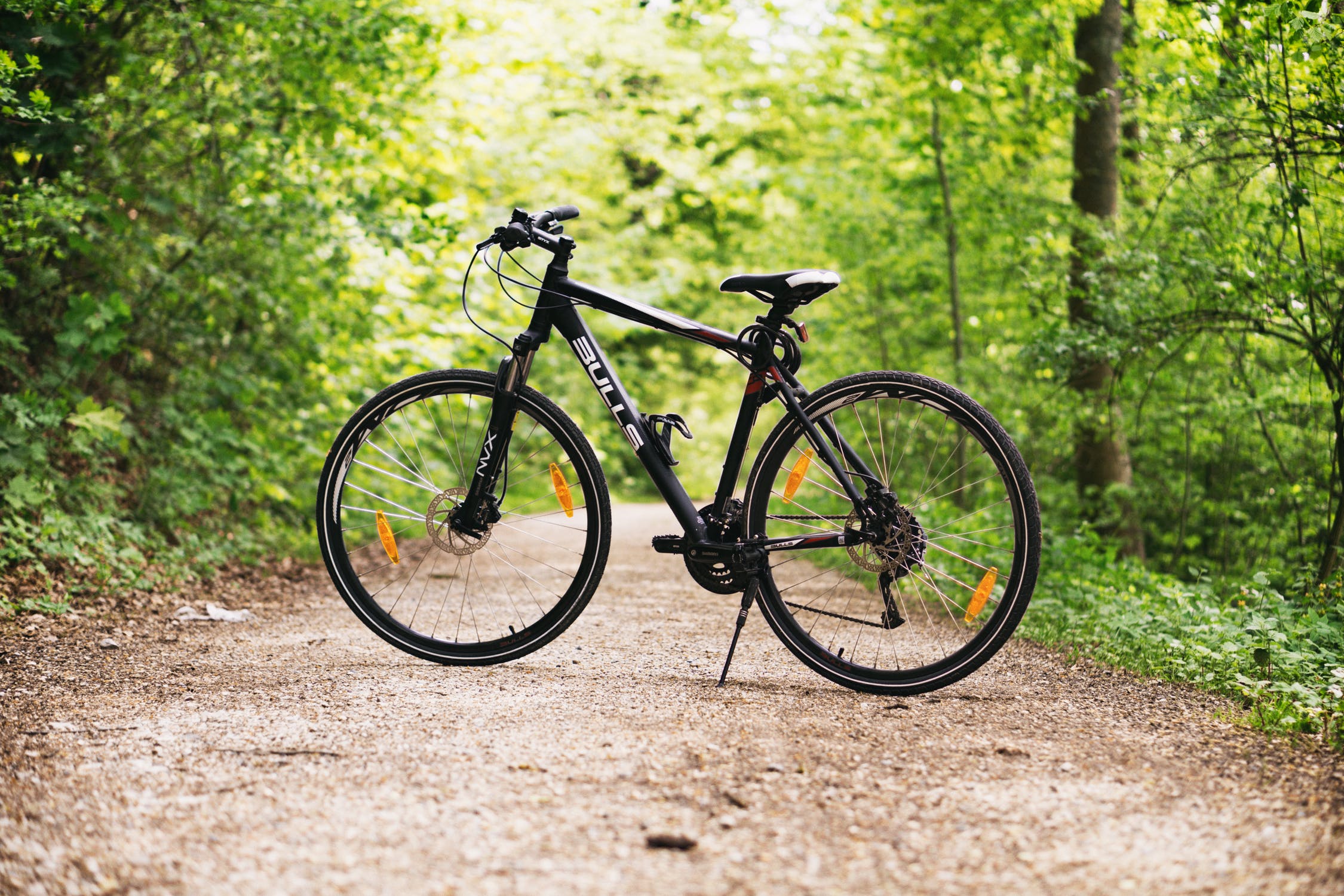The beautiful weather beckons you to go outside and explore. Look around you, stretch your arms and legs, and have fun.
Outdoor exercises, as the following examples will show, are not complicated to carry out or do. There is no heavy or sophisticated fitness equipment involved. Simply bring yourself, pack snacks or a change of clothes, and take time off your busy schedule.
Simple Outdoor Exercises for You
Studies have shown that physical activities a few minutes a day can uplift the mood and strengthen the body. Indeed, the type, duration, and intensity of the exercise can result in weight loss and decreased risks in developing diseases.
Whichever fitness goal you want to achieve, the takeaway is that exercising is a habit worthwhile getting out of your seat for and cultivate. Where else better to begin than outdoors?
1. Walk
It’s hands-down the easiest, most accessible, and most cost-effective way to exercise. You only need running shoes, trainers, or sneakers that provide support to your feet for miles.
However, walking per se does not count as an exercise unless you add structure or urgency to it. Brisk walking every day for ten minutes or thirty minutes for five days is a good start. The activity strengthens the heart and lungs, as well as bones and muscles. It also decreases the risk of diseases like diabetes, heart ailments, and hypertension or helps manage these conditions.
If you intend to lose weight, quicken your pace or lengthen the duration. To avoid injuries or strained muscles, implement your extended walking regimen gradually or break it into doable parts every day.
2. Jog or Run
Jogging is an aerobic exercise that is practicable, like walking. Although related, running is more intense and vigorous than jogging. For jogging or running, wear proper shoes and comfortable clothing, and you’re set to enjoy a day or night run.
The benefits of jogging and running include an improved cardiovascular system, stronger bones and muscles, and better weight management and overall fitness levels.
As noted, running is more physically demanding than the leisurely pace of jogging. To develop stamina for running, jog regularly and gradually increase the intensity, time, and distance.
3. Bike
Simply riding your bike around the neighborhood can stretch your legs. It’s a physical activity that takes you to places where your quadriceps can carry you. Cycling to work is becoming popular as a mode of transportation; the morning commute may not be stress-free, but it gets you the hang of regular exercise.
Cycling improves the heart and lung health. The activity also lowers the risk of heart diseases and cancer. As pedaling becomes more intense, you burn more calories and lose weight. Becoming a better cyclist is part of the fitness journey, sort of similar to your desire to transition from brisk walking to running.
Having a cycling power meter will help gauge your improvement as it feeds live data on power, cadence, and torque, among other stats, straight to your smartphone. This device is a useful reminder of how much you have accomplished and how much you can improve as a cyclist and thus reap the exercise’s health benefits.
4. Swim
With your swimming suit, cap, and goggles, go on and head to the local pool or sea where the waves await you. Swimming is the perfect exercise if you have arthritis or knee problems as the water supports your body and requires minimal effort from your joints.
When you swim regularly, you develop a healthy cardiovascular system and steer clear of hypertension and diabetes. While the activity does not cure joint pains, it helps you exercise and relieve stiff joints.
Swimming burns a lot of calories, and to harness this potential for weight loss, swim for thirty minutes, which you can divide into laps as timed. Couple this exercise with a calorically balanced diet.
5. Hike
Time has hailed hiking as the perfect workout. It’s understandable because the activity combines communing with nature and moving along rugged paths that speed up the use of energy and burn calories.
Your muscles, which have grown overly accustomed to walking or running on smooth surfaces, might welcome this change of scenery. Hiking, like walking, improves balance and stability, per the report.
Because hikes have a degree of unpredictability to them, experts recommend you undergo training to condition your body and prevent injuries.
Share your great hiking, cycling, or other outdoor exercise experience in the comment section.



